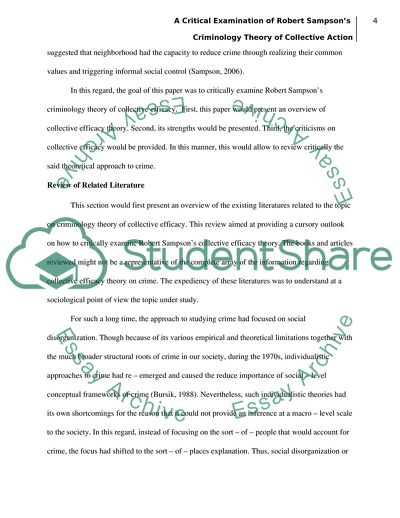Cite this document
(Robert Sampsons Criminology Theory of Collective Efficacy Literature review Example | Topics and Well Written Essays - 2250 words - 1, n.d.)
Robert Sampsons Criminology Theory of Collective Efficacy Literature review Example | Topics and Well Written Essays - 2250 words - 1. https://studentshare.org/social-science/1766116-a-critical-examination-of-robert-sampsons-criminology-theory-of-collective-efficacy
Robert Sampsons Criminology Theory of Collective Efficacy Literature review Example | Topics and Well Written Essays - 2250 words - 1. https://studentshare.org/social-science/1766116-a-critical-examination-of-robert-sampsons-criminology-theory-of-collective-efficacy
(Robert Sampsons Criminology Theory of Collective Efficacy Literature Review Example | Topics and Well Written Essays - 2250 Words - 1)
Robert Sampsons Criminology Theory of Collective Efficacy Literature Review Example | Topics and Well Written Essays - 2250 Words - 1. https://studentshare.org/social-science/1766116-a-critical-examination-of-robert-sampsons-criminology-theory-of-collective-efficacy.
Robert Sampsons Criminology Theory of Collective Efficacy Literature Review Example | Topics and Well Written Essays - 2250 Words - 1. https://studentshare.org/social-science/1766116-a-critical-examination-of-robert-sampsons-criminology-theory-of-collective-efficacy.
“Robert Sampsons Criminology Theory of Collective Efficacy Literature Review Example | Topics and Well Written Essays - 2250 Words - 1”. https://studentshare.org/social-science/1766116-a-critical-examination-of-robert-sampsons-criminology-theory-of-collective-efficacy.


